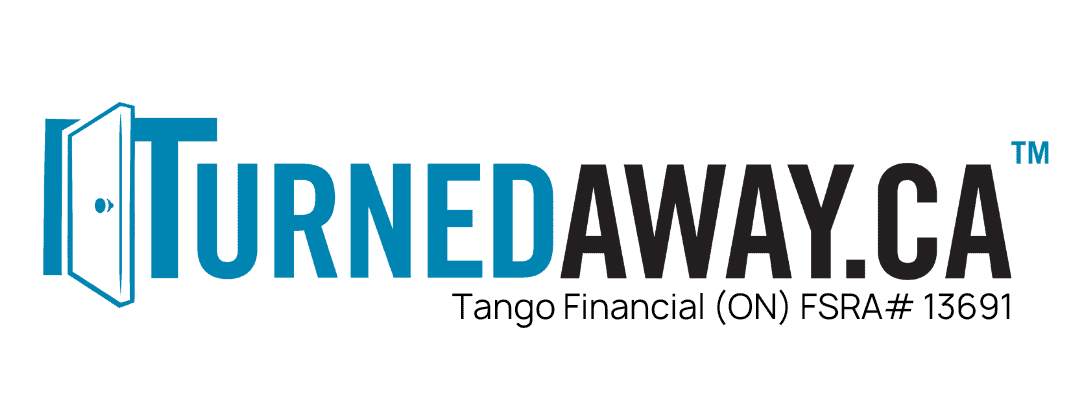The Reality of Facing Foreclosure in Ontario
Imagine this: You’ve been making mortgage payments for years, but due to unexpected financial hardship—job loss, illness, or rising costs—you’ve fallen behind. You receive a Notice of Default from your lender, and suddenly, foreclosure becomes a looming threat. What happens next? Can you save your home?
If you’re facing foreclosure in Ontario, you’re not alone. Thousands of homeowners each year struggle with mortgage arrears. The good news? Foreclosure isn’t inevitable—there are multiple ways to stop it and protect your home. This article will guide you through the foreclosure process, your rights, and actionable solutions to prevent losing your home.
Understanding your Rights when Facing Foreclosure in Ontario
What is Foreclosure?
Foreclosure is a legal process where a lender takes ownership of a property when the borrower fails to make mortgage payments. However, foreclosure is rare in Ontario—most lenders use power of sale instead, which allows them to sell the home without taking full ownership.
✅ Key Difference Between Foreclosure and Power of Sale
| Feature | Foreclosure | Power of Sale |
| Who owns the property? | Lender (after court order) | Borrower (until sale) |
| What happens to surplus funds? | Lender keeps all proceeds | Borrower receives excess funds after debt repayment |
| Speed of process | Long (can take over a year) | Faster (as little as a few months) |
| Common in Ontario? | ❌ Rare | ✅ Most common |
If you’ve received a notice from your lender, it’s important to act quickly to explore your options before the situation escalates.
Step-by-Step: The Foreclosure Process in Ontario
Understanding the timeline can help you take action before it’s too late.
Step 1: Mortgage Default
If you are facing foreclosure, proceedings begin when you miss multiple mortgage payments (typically 2–3 months). Your lender may send warning letters or call you to discuss your situation.
Step 2: Notice of Default
If payments aren’t made, the lender issues a Notice of Default, informing you that legal action is imminent. You may be given a short window (e.g., 15 days) to pay the overdue amount.
Step 3: Legal Action Begins
If the default isn’t resolved, the lender can file a Statement of Claim in court, officially beginning the foreclosure process. You have 20 days to respond.
- If you file a defense, the case may go to trial.
- If you do nothing, the lender may request a default judgment, accelerating the process.
Step 4: Court Decision & Redemption Period
If the lender wins the case, the court grants a foreclosure order. However, there’s often a redemption period (up to 6 months) where you can still repay the outstanding amount and stop the foreclosure.
Step 5: Eviction & Home Sale
Once the foreclosure is final, the lender can evict you and sell the home to recover their losses. Unlike a power of sale, you do not receive any excess funds from the sale.
🚨 Acting before Step 5 is crucial—the earlier you intervene, the more options you have.
How to Stop Foreclosure in Ontario
If you’re behind on payments, you may be facing foreclosure, fortunately there are multiple ways to prevent a foreclosure.
- Refinance Your Mortgage
If you have sufficient equity, refinancing allows you to replace your existing mortgage with a new loan that has lower payments. This option works best if: ✅ Your home’s value has increased.
💡 TurnedAway.ca specializes in refinancing mortgages — even for homeowners with bad credit or income challenges. Learn more: Home Equity Loans.
- Get a Second Mortgage
A second mortgage lets you access your home’s equity without breaking your existing mortgage.
🔹 Can be used to pay off mortgage arrears and stop foreclosure.
🔹 Typically interest-only payments, making it more affordable.
🔹 Faster approvals than traditional refinancing.
For many homeowners in distress, a second mortgage is the quickest way to catch up on missed payments. Learn how it works.
- Negotiate with Your Lender
Most lenders don’t want to go through foreclosure—they lose time and money in the process.
You may be able to negotiate:
🔹 Mortgage Deferral: Some lenders offer temporary payment pauses.
🔹 Loan Modification: Extending the term or lowering your interest rate can reduce payments.
🔹 Repayment Plan: Some lenders allow gradual repayment of arrears instead of a lump sum.
Pro Tip: Lenders are more willing to negotiate if you contact them early—before legal proceedings begin.
- Sell Your Home Before Foreclosure
If keeping the home isn’t realistic, selling before the lender takes control can save your credit and preserve your equity.
🔹 You avoid legal costs and a foreclosure on your record.
🔹 You keep any remaining equity after repaying the mortgage.
🔹 TurnedAway.ca can connect you with real estate experts to help sell quickly.
🚨 The key is selling on YOUR terms, not the bank’s.
FAQs About Facing Foreclosure in Ontario
- How long does foreclosure take in Ontario?
It can take 6 months to over a year, depending on legal proceedings and whether the lender pursues foreclosure or power of sale.
- Can I stop foreclosure once legal action starts?
Yes! You can stop foreclosure at almost any stage by paying off the arrears, refinancing, or negotiating with your lender.
- Will foreclosure ruin my credit?
Foreclosure significantly damages your credit and remains on your report for 6–7 years, making future borrowing difficult.
- Do I still owe money after foreclosure?
If the home sells for less than what you owe, the lender may seek a deficiency judgment, making you responsible for the remaining balance.
- What if I have bad credit? Can I still get help?
Yes! Home equity loans and second mortgages are based on your home’s value, not your credit score. TurnedAway.ca specializes in helping homeowners with financial challenges.
Final Thoughts: Facing Foreclosure? Don’t Wait—Explore Your Options Today
Facing foreclosure is overwhelming, but you have options. Whether through refinancing, negotiating with your lender, or selling strategically, you can protect your home and financial future.
At TurnedAway.ca, we help homeowners find solutions to stop foreclosure quickly. Our mortgage experts can guide you through refinancing, home equity loans, or second mortgages, even if you have bad credit or income challenges.
Don’t wait until it’s too late. See what options are available today!
📞 Call us at 1-855-668-3074 or Apply Now to get started.




